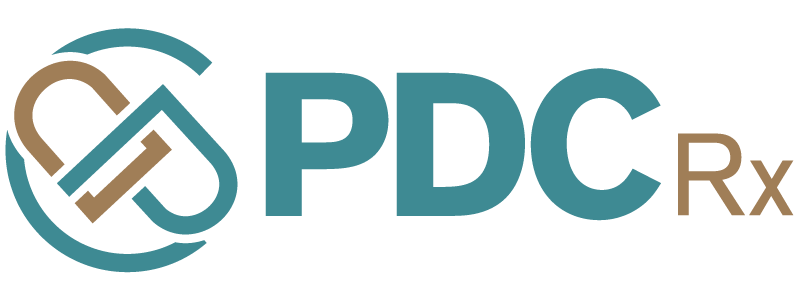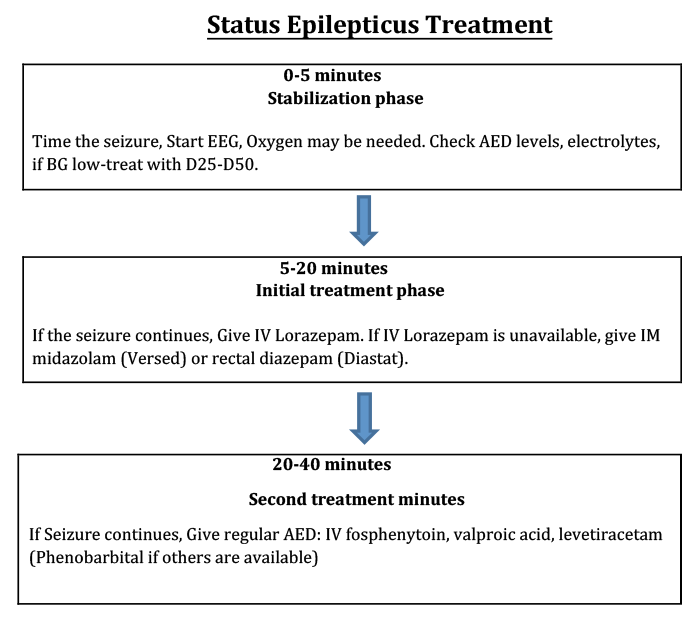TREATING SEIZURES
Seizures
A seizure occurs when excitatory neurons produce a sudden surge in electrical activity in the brain. Seizures can be caused by various underlying conditions, ranging from temporary conditions such as fever, infection, alcohol or medication withdrawal, hypoglycemia, electrolyte imbalance, head trauma, and more. In these cases, treating these underlying conditions will stop the seizure.
Some medications have been shown to lower the seizure threshold and increase the risk of seizure in the patients taking them.
Some of these drugs include:
Epilepsy:
Epilepsy is the longer version (Chronic) of seizure. This is a broad spectrum condition that presents in different forms, and the medications used to treat these seizures are meant for the specific types that present.
Seizure types:
• Uncontrolled jerking movements (tonic-clonic seizures).
• Subtle momentary loss of awareness (absence seizures).
Untreated seizures can damage and destroy neurons, which may lead to brain damage and can be life-threatening. The incidents of seizures are especially highest among the young and the elderly.
Diagnosis:
Patients with epilepsy are evaluated for the age of onset, seizure type, seizure frequency, the description of the witnessed seizure, identifiable causes or triggers, and a thorough neurologic exam. Electroencephalogram is the most common test used to diagnose epilepsy. It records electrical activity in the brain, including abnormal patterns even when the patient is not having an active seizure.
Siezure Classification:
• Focal seizures can start from one side of the face to the other.
º If it results in no loss of consciousness, it is called a focal aware seizure.
º If it results in loss of consciousness, it is called focal seizure with impaired awareness.
• Generalized seizures start from both sides of the brain.
• An unknown onset seizure is a seizure with the location of the beginning unknown.
Chronic seizure management
Non-drug treatment:
• Medical marijuana
• Ketogenic diet
Drug treatment:
• Absence seizures: Ethosuximide
• Focal and generalized seizures:
º Broad Spectrum: Lamotrigine, Levetiracetam, Topiramate, and Valproic acid.
º Narrow-Spectrum AEDs most commonly used for Focal and generalized seizures: Carbamazepine, Lacosamide, Oxcarbazepine, Phenobarbital, Phenytoin, and fosphenytoin.
AEDs with similar side effect profiles
Other side effects associated with AEDs
• CNS Depression. All AEDs cross the blood-brain barrier.
• Bone loss: Increase fracture risk.
• All AEDs have warnings for suicide risk and require monitoring of mood.
• Most AEDs have teratogenic risks associated with them. Valproic acid has the highest risk, including neural tube defect and impaired cognitive function in a child.
Supplement Vitamins while on AEDs
• All AEDs deplete Calcium. Supplement calcium and vitamin D
• Women of childbearing age, Supplement Folate.
• Lamotrigine causes alopetia. If this occurs, supplement selenium and Zinc.
Seizure management in the hospice patient population. Non-IV route:
• Intranasal midazolam at a dose of 0.2 mg/kg has been studied and proven to be an effective agent of choice to abort an acute seizure. It has a quick onset of action of only 4-8 minutes and a time to maximal concentration of 15-30 minutes.
• Rectal diazepam at a dose of 0.3 mg/kg used to be the drug of choice for this indication and can be considered, but it has a longer onset of action, is more expensive, and appears to be less preferred by patients compared with intranasal midazolam.
• Once the initial seizure is controlled, diazepam 20 mg PR nightly should be considered to reduce the occurrence of further seizure events.
• Rectal benzodiazepines are available such as clonazepam, lorazepam, and midazolam, but these agents take longer to reach peak serum levels. Sublingual lorazepam is also available but is not well-studied.
Seizure management in the hospice patient population. IV route:
• In an unset seizure, IV or subcutaneous SC benzodiazepines should be used to stop a seizure in progress.
• IV lorazepam is preferred due to its onset of action and half-life.
• SC dosing is equivalent to IV for lorazepam, midazolam, and clonazepam.
• If seizure persists despite the above, additional anti-epileptic medication should be provided using a loading and then maintenance dose.
• Patients with refractory seizures who have short prognoses and comfort-oriented goals of care should be considered for an anti-epileptic sedative such as continuous midazolam or barbiturate infusion with the goal of deep sedation.
First aid for seizures
The goal is to keep the patient safe until the seizure stops.
• Prevent injury by clearing the area around the patient of anything hard or sharp.
• Ease the patient to the floor and put something soft and flat, like folded bedsheet or folded jacket under the head.
• Turn the patient gently unto onside, to clear the airway.
• Remove eyeglasses and loosen ties or anything around the neck that may make breathing difficult.
• Time the seizure. If the seizure continues for longer than 5 minutes without signs of slowing down, or if the patient has trouble breathing, is injured, or showing signs of pain, call 911.
• Do not hold people down or try to stop their movement.
• Do not put anything inside the “patient's mouth”. They will not swallow their tongue.
• Do not attempt artificial respiration, except in the unlikely event that the patient does not start breathing after the seizure has stopped.
Fidelis Ariguzo, Pharm, D.
PDC Rx
Reference:
Evidence-based guideline: Treatment of convulsive status Epilepticus in children and adults: Reports of the Guideline Committee of the American Epilepsy Society. Epilepsy Curr. 2016;16(1):48-61.
Operational Classification of Seizure Types by the International League Against Epilepsy. 2017 Update. https://www.ilae.org/files/dmfile/Operational-Classification--Fisher_et_al-2017-Epilepsia.pdf(accessed 09/09/2021
Connelly, Jennifer, and David Weissman. “Seizure Management in the Dying Patient.” Palliative Care Network of Wisconsin, www.mypcnow.org/fast-fact/seizure-management-in-the-dying-patient/. Accessed 07 Sept. 2021







